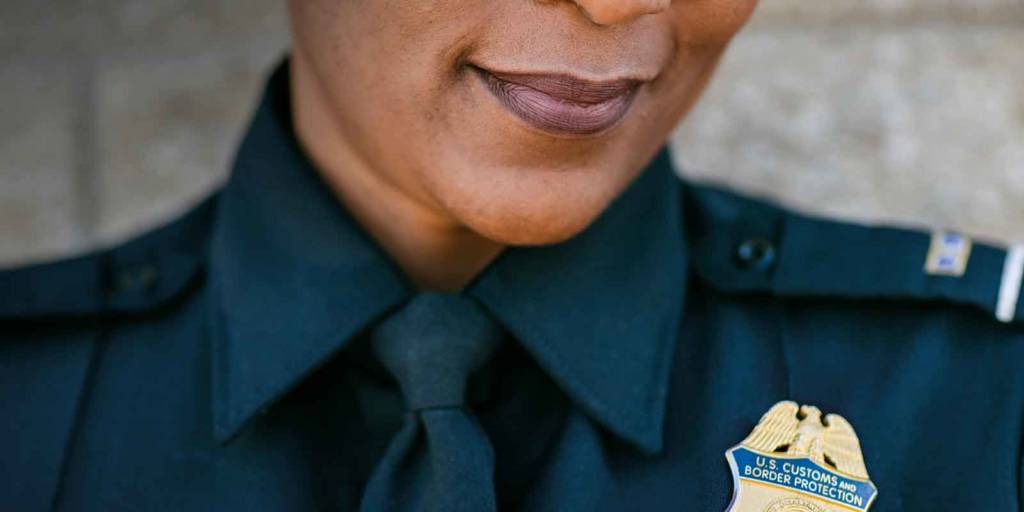By Sid Heal
This piece originally appeared in the Fall 2021 issue of The Tactical Edge, published by the National Tactical Officers Association (NTOA). Republished here in collaboration with the NTOA.
Arguably, the most valuable tool for any commander is the ability to delegate authority to their subordinates to act on their behalf. Empowering subordinates is the only way to exploit their individual talents, initiative and expertise. In some cases, a subordinate may be more knowledgeable than their superiors in specialized subjects, such as explosive ordnance disposal, canine searches or SWAT entries. It only makes sense to grant authority for these decisions to those best able to make them.
Just as important is that a commander is unable to oversee every facet of even the smallest and most uncomplicated deployments because they can’t be everywhere they are needed. Clearly, some method must be established for quickly making essential decisions without necessitating the personal presence of higher-ranking officers. Fortunately, there is such a tool. It is called “decision-making authority,”1 or often just “DMA.”
In the simplest terms, decision-making authority is the power bestowed on a subordinate to make decisions on behalf of a higher power. It can be formal, as when it is stated or implied in policy or protocols. For example, it is commonly awarded to a project manager or team leader, whether they hold the requisite rank or not. Likewise, an assumption of command includes the understanding that the new commander acquires all the authority of the former commander. Conversely, it can be extemporaneous when a superior awards DMA to a subordinate during emergencies. This empowers the subordinate to act on their own volition within the guidance provided by the ranking commander. Regardless of the conditions, when DMA is awarded, it is imperative that all personnel likely to be affected by this empowerment are aware of the increased authority of the recipient.
In the simplest terms, decision-making authority is the power bestowed on a subordinate to make decisions on behalf of a higher power.
Whether awarded formally or extemporaneously, decision-making authority is always conditional. It is limited by either or both scope and time. When DMA is limited by scope, it is contextual. For example, a subordinate may be awarded DMA for an evacuation or traffic control function. They are empowered to make decisions solely affecting the function; the power is automatically rescinded when the mission is accomplished. Similarly, it may be limited to their expertise, as when awarding supervisory authority to a detective during a search for evidence. DMA can also be limited by time. For example, a superior may award DMA to a subordinate until they return from a meeting, reconnaissance, or some other critical activity.
[RELATED] What Style of Police Leadership Is Most Effective? >>
Decision-making authority is a potent tool because it empowers subordinates. When subordinates are authorized to make decisions on behalf of a superior, they can exploit opportunities and promptly react to changes in a situation without seeking approval. Whenever subordinates are empowered to make decisions on behalf of a commander, it is essential that they understand the commander’s intent. At a minimum, this means that they are familiar with the concept of operations2 and any restrictions imposed by the commander. This knowledge helps prevent actions that might hinder the goals the commander is trying to achieve or create friction by inadvertently interfering with other actions. When decisions are required that are not covered by the commander’s guidance, the subordinate should seek approval. When a decision must be made immediately, the subordinate should make it and advise the commander. When time and circumstances allow a decision to be deferred to higher authority, it should be accompanied with a recommendation. The aim is that a subordinate aid a commander, not replace them. It is also essential to recognize that while authority can be delegated, responsibility cannot. Responsibility always remains with the superior.
As a rule of thumb, it is always better to “push” decision-making authority to the lowest possible level. This not only relieves higher authorities from the burden of having to be personally involved in every decision but frees them to concentrate their attention on other matters. Moreover, it increases the operational tempo of the response organization as well as making it more agile and versatile. In this manner, DMA also works as a force multiplier.3
When decisions are required that are not covered by the commander’s guidance, the subordinate should seek approval. The aim is that a subordinate aid a commander, not replace them. It is essential to recognize that while authority can be delegated, responsibility cannot. Responsibility always remains with the superior.
Tactical commanders use DMA to enhance their power and remain personally involved without becoming overwhelmed by events.4 A shrewd commander can even “shape” a response organization to be more effective and efficient by how DMA is distributed. This can be critically important in handling complex situations, especially those that are multi-disciplinary, multi-jurisdictional, or multi-venue. By identifying the focus of effort5, the commander can delegate the necessary authority to subordinates to ensure it is accomplished with a minimum of friction. In this way, the response organization creates synergy because it is oriented toward achieving what is most important without neglecting other important tasks.
While delegating DMA is not risk-free, it has proven to be one of the most powerful tools any commander can wield.
With all the advantages, the question arises why DMA isn’t used as a standard for delegation. It is, but it is not universally accepted. Some commanders avoid delegating authority because of timidity. This is especially the case for newly promoted commanders who are out of their comfort zone and naturally gravitate toward their former roles. Others simply don’t trust their subordinates.
[RELATED] The Case for More Effective Law Enforcement Leadership Training >>
While this rationale has merit in some cases, if widespread or used indiscriminately, it is more likely due to a lack of preparing subordinates. This is a management failure with far-flung consequences. Another reason is that some commanders are, by nature, over-controlling. Accordingly, they try to oversee every aspect, factor, and influence in a situation, without realizing that it is impossible. They want to dominate rather than lead. Not only is this a major source of friction, but it relegates bright and enthusiastic subordinates to passive obedience.
Used regularly, DMA also provides many long-range advantages. For example, it provides opportunities for subordinates to demonstrate their personal initiative and acquire advanced knowledge and skills. At the same time, it enables higher authorities to assess their abilities for more challenging assignments and even promotions. It also demonstrates trust, arguably the most powerful factor in building teams. Regardless of their individual ranks and roles, trust enables cooperation and collaboration beyond any formal obligations. Also, when problems arise, subordinates tend to develop valuable perspectives that enable them to see a bigger picture and cultivate an appreciation for factors that are not apparent to those who wait to be told what needs to be done. This “seasoning” process is nearly impossible to teach but has to be learned.
While delegating DMA is not risk-free, it has proven to be one of the most powerful tools any commander can wield.
Used regularly, DMA also provides many long-range advantages. For example, it provides opportunities for subordinates to demonstrate their personal initiative and acquire advanced knowledge and skills.
ABOUT THE AUTHOR
Charles “Sid” Heal was a commander for the Los Angeles Sheriff’s Department, retiring in 2008 after nearly 33 years of service; more than half of his tenure was spent in units charged with handling law enforcement special and emergency operations. He served 35 years and four tours of combat with the Marine Corps Reserve. Heal is the author of “Sound Doctrine” and “Field Command,” as well as more than 160 articles on law enforcement subjects. He was a graduate of the FBI’s National Academy and the California Command College and taught at the U.S. War Colleges for nearly 20 years.
REFERENCES
- The term “decision-making” is often unhyphenated when used to describe this concept.
- The “concept of operations” identifies any series of actions designed to progressively promote the accomplishment of the ultimate objective. It may be more simply understood as a scheme for orienting the actions of subordinates without precisely prescribing what has to be done.
- For more information on force multipliers, see “Force Multipliers,” The Tactical Edge, Spring, 2007, pp. 56-57
- For more information on this concept, see “OBE Condition,” The Tactical Edge, Winter 1998, p. 79
- For more information, see “Focus of Effort and Main Effort,” The Tactical Edge, Fall 1996, p. 75





